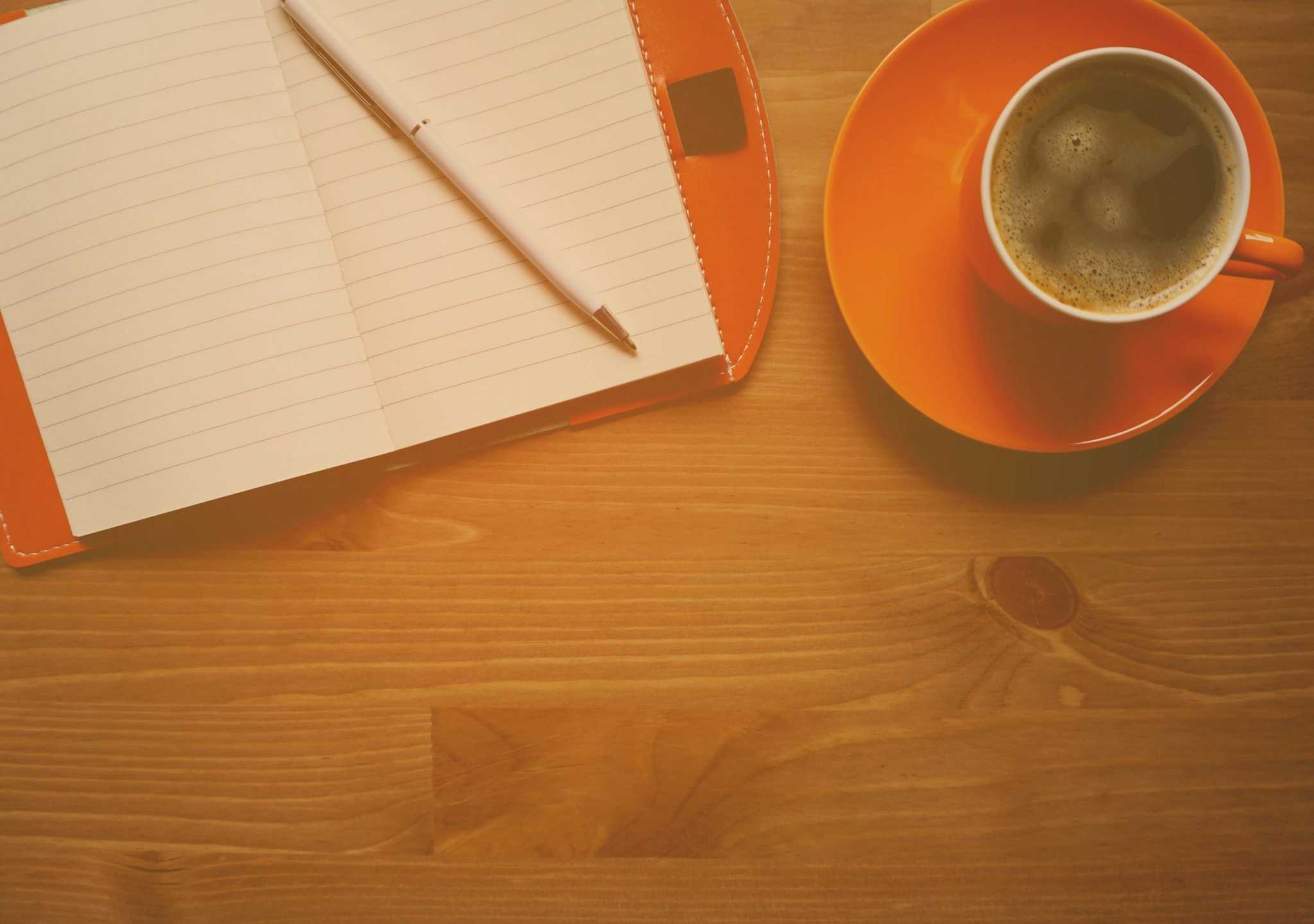Even in the era of computers there are an abundance of printed options relating to the design of residential interiors. Just look at the many magazine sections everywhere.
Publishing magazines is a business funded by readers and advertising targeting potential customers in a specific social-economic life style market.
In selecting and reading such, for what are you seeking: entertainment, ideas, education, information, trends, how to, amusement, conversational fodder, celebrity homes, sources, social-economic status. options, opinions, taste?
Who are you and how does what you seek apply to your lifestyle?
Being published in a shelter magazine is not automatically good design. Neither are spreads of celebrities, famous people, entertainers, people of wealth, athletics, or new or historic period of design.
When looking at the pictures in these publications , squint your eyes and what do you see? Is it a well blended composition pleasing to the eyes, or all just run together, or does it just look hodgepodge? Really look at what you see.
Analyze emotionally what you see. Do you like it, are attracted to it, feel good looking at it, and feel comfortable with it? Does it appeal to you?
Analyze intellectually what you see. Is it functional, comfortable, doable, aesthetically pleasing, a good design composition, practical, and of quality?
Is it a space in which you would like to live?
Or, you may pick up one of these shelter publications because you just want a pleasant read, or just check out new products and advertising. Nothing wrong with doing such.
Be conscious of what you read and why. For more effective results, what ever they may be, don’t get way laid or over sold by what’s new, popular, fashion, or pretty pictures.
Food for thought.
